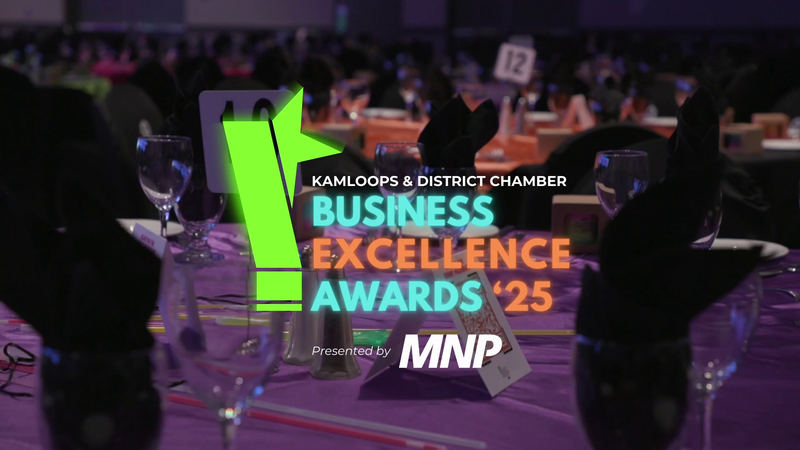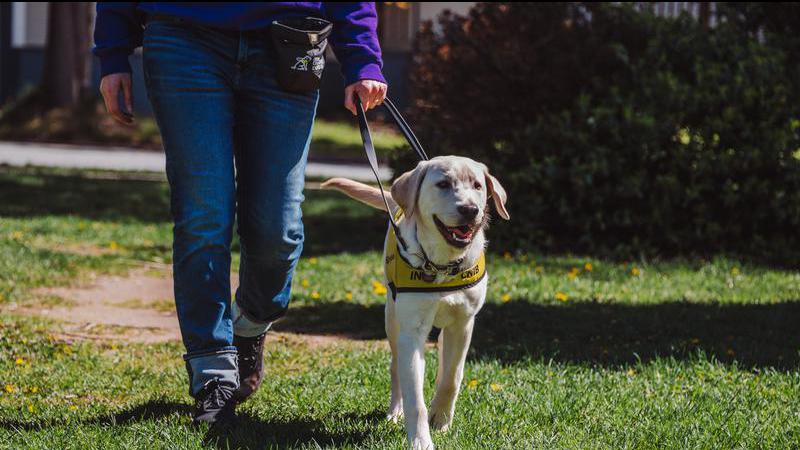Remembering Prince Philip’s glamour and gaffes as he retires from public life
TORONTO — News of Prince Philip’s retirement from public life has sparked fond memories of his glamour and gaffes as Canadian royal watchers recall the visits of a man who transitioned from rebellious modern monarch to royal elder statesman while staunchly supporting dozens of causes.
Buckingham Palace released a statement Thursday saying that Philip, the Duke of Edinburgh, would retire from royal duties this fall.
Philip, 95, made the decision himself with the full support of the Queen, the palace said in a statement. The royal has suffered from heart disease and other ailments in recent years but has nonetheless maintained a vigorous public schedule.
The announcement drew a tweet of congratulations from Prime Minister Justin Trudeau, who thanked Philip for his decades of service and wished him well in retirement. The Queen’s husband last visited Canada four years ago.


